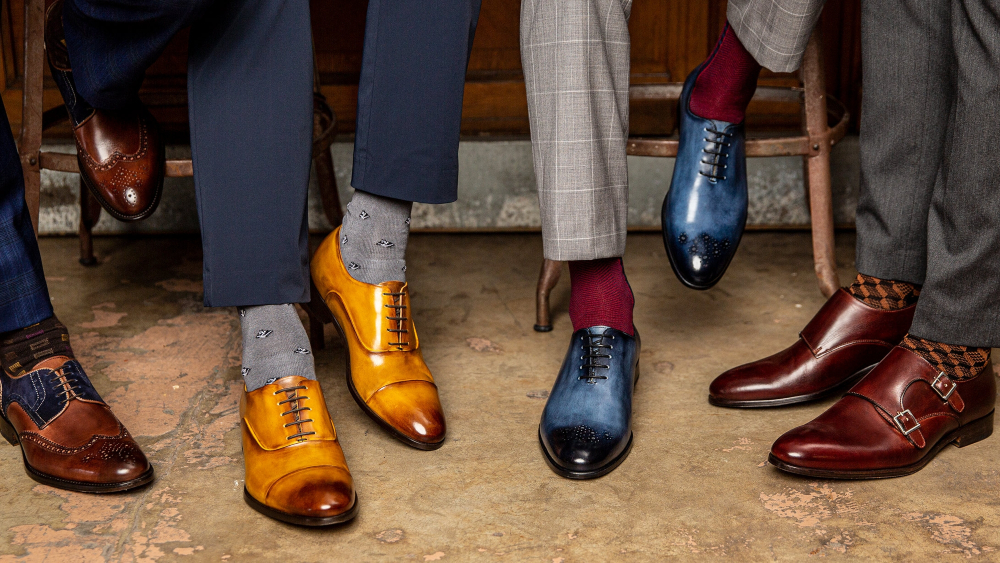Tom Ford once said, “Shoes are always the most important thing for me because they are who you are. They change the way you walk, the way you move.” And truer words were never said about our favourite piece of footwear.
While we all think that formal shoes are just one type, the options are uncountable. From Oxfords to Brogues and from boots to slip-on loafers, there are a lot of choices to pick from. But with this great power comes the greater responsibility of choosing which one to wear at what point. Because we know how confusing it can be to pick up the right pair. Read on to find out what works best for you…
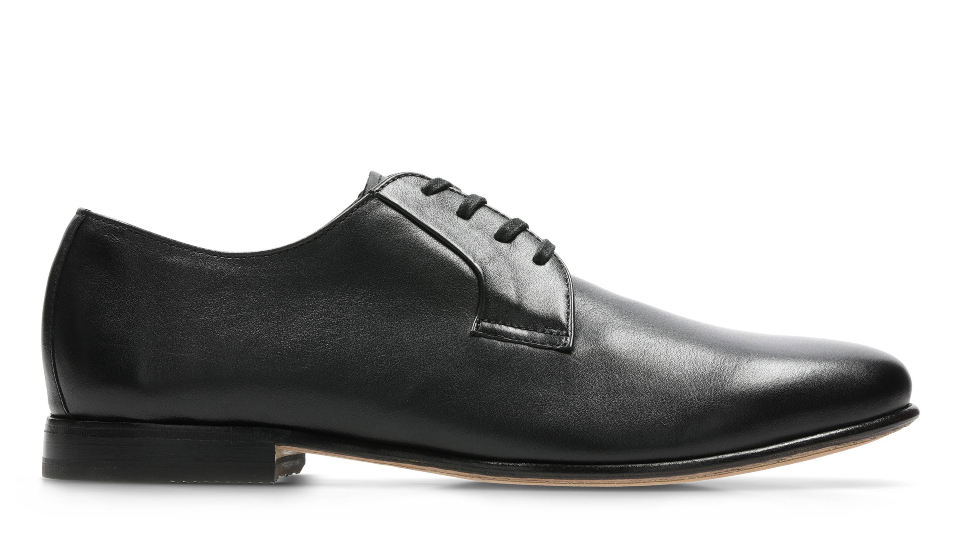
The Oxfords
They are the most basic and timeless of formal shoes that can be both dressed up or down for formal and daily wear. Oxford shoes first came to light in the 1800s among college students, and guess which University? Oxford University, of course. These shoes come with a variation too, called the One-Piece Oxford. It is made of a single leather piece rather than various pieces sewn together. The limited stitching provides a no-nonsense look to your personality.
How To Find Them In The Store
The most recognisable feature of an Oxford shoe is its “closed lacing”, which signifies that the shoe’s facing is attached beneath its vamp.
How To Carry Them
Oxfords are popular because of their versatile ability to pair with just about any outfit.
- You will find them in a lot of colour options, from brown to blue, from dark red to green.
- The Oxfords come in both leather and suede. Go for bright socks for extra style pointers!
- For business meetings, dark brown, English tan, and black leather are the safest choices. Keep this look more classic with a dark pair of socks.
- If you are planning to pair your Oxfords with a tuxedo or other formal wear, black patent leather goes miles in oomphing up your style statement.
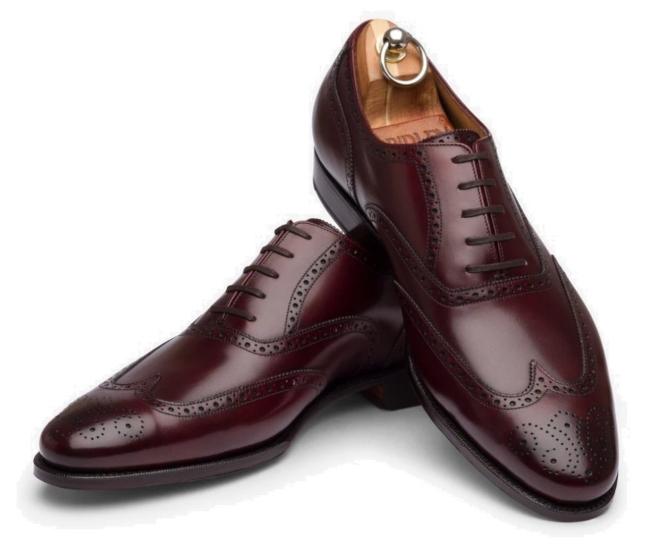
The Derbys
Derby shoes are lookalikes of the Oxford, but with a more casual approach. They are also known as the Gibson or the Blucher, which were originally used for sporting and hunting boots back when sporting and hunting was a big thing (in the 1850s). But with time, they came to be recognised as appropriate for going out within town.
How To Find Them In The Store
The Derby Shoes are often called the Oxfords due to similarities in their shapes and design, with minute differences. What will help you is that the Derbys have their facing attached on top of the vamp. This is called ‘Open Lacing and helps with a wider fit. This wider and comfortable fit makes them more casual than the Oxfords.
How To Carry Them
Derby Shoes are worn the same way you would wear the Oxfords. However, don’t put them on with formal suits, instead keep them for chinos or rolled jeans days to complete the cool and collected look!
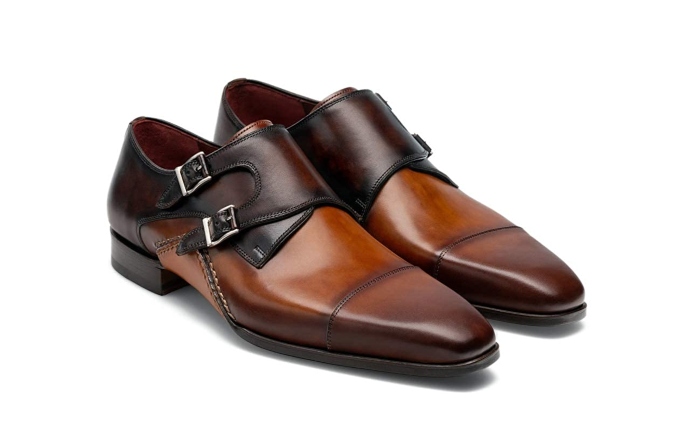
The Monk Straps
These are more formal than the Derby but less formal than the Oxfords. And as the name suggests, they come from the monks who originally donned them, as this simple closed-toe design provided greater protection than their traditional sandals.
How To Find Them In The Store
Monk Straps are similar in shape and construction to an Oxford, but instead of laces for closure, they have a wide swath of leather on top to fasten the shoe. They can be fastened with either a single or double-buckle closure.
How To Carry Them
- This alternate piece of leather adds panache to your outfit, from the cuffed jeans to the most dapper of suits.
- They also come in suede and can have decorative, brogueing, a design pattern on top of the shoe, for extra style quotient.
- Looking for extra dose of style? Try your shorts with double strapped monk straps. During summer chose slim fit shorts, linen shirt, and double strap monks for the cool casual evening outing.
- You can also go for blue jeans with an open-necked Oxford shirt, and suede double monk as a simple statement outfit.
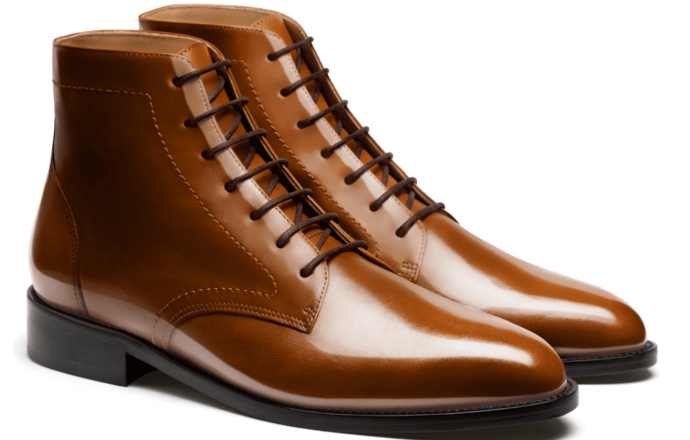
The Dress Boot
The dress boots are short lace-up boots, which are made like Oxfords, but with a longer shaft. Rooted back to the Victorian era, where men’s footwear was limited, the dress boots made its way to formal daywear. And it still remains an attractive alternative to standard formal shoes.
How to find them in store
Dress boots are again made like oxfords, but the main design change is the longer shaft for ankle support. These short, lace-up boots have wingtip brogueing design on the toe and along its seams for decoration more than anything else.
How to carry them
- When you are planning to wear them with a suit, then your dress shoes need to be sleek, not too chunky, have thinner laces, and its soles should cry out loud as high-top dress shoes.
- If you are in a mood to experiment, then go for suede dress boot, which might look like a contradiction, though it need not be.
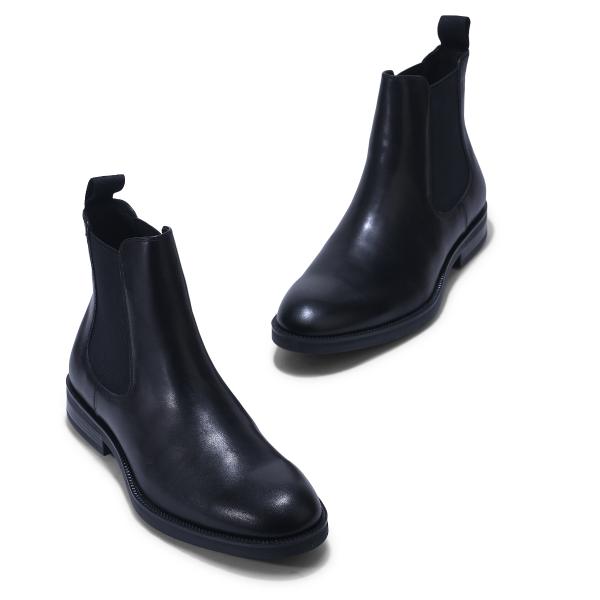
The Chelsea Boot
The Chelsea boots are again laceless and higher ankle boots. They too are traced back to the Victorian England, which were created by the Queen’s shoemaker, J. Sparkes-Hall. They instantly became the alternative to the rigid boots. It was The Beatles that made these boots an instant hit in the 1960s after wearing them as a part of the British Mod look.
How to find them in store
These ankle length boots come with rounded toes, low heels, and elastic on the sides for ease of wearability. These elastics make them easy to pull on and slip off the shoes. Another way to easily spot them is the way they are made of single leather from vamp to quarter with minimum stitching for a neater look.
How to carry them
The Chelsea boots are simple in design with no decoration, which puts them in a class of their own. Wear them with your jeans or your traditional suits. If you are going for the suede version then we suggest that you make them a part of your casual or smart-casual ensemble.
